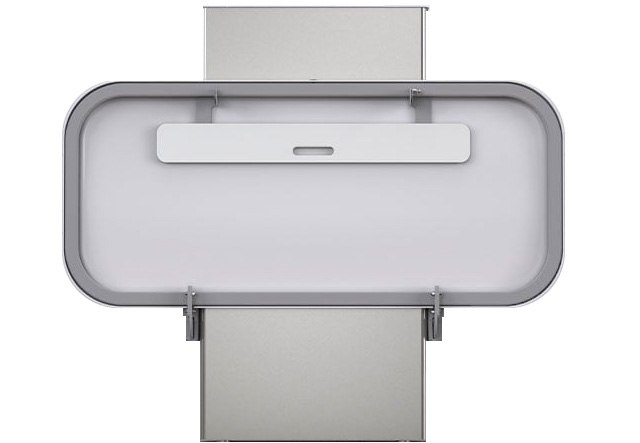Storable Cribs for Hotels
The Evolution of Cribs
Long before Foundations was making high-quality storable cribs for the hospitality industry, the way babies and infants slept was different than how it is today.
As you might expect, cribs haven’t always been off the ground structures that combine a comfortable sleeping arrangement with sides for added safety. In fact, cribs didn’t exist until the 19th century.
Before cribs became commonplace in the 1800’s, most babies and children slept with their parents because most homes lacked excess rooms and space. If there was more than one room, the father would often sleep alone while the mother slept with the children.
The name crib – used to describe a slatted, high-sided child’s bed – is derived from the old English word “crib,” which means manger or stall. Before cribs came to be, babies first slept in bassinets or cradles to keep them in the bed.
The development of traditional cribs followed an early concern that bassinets or cradles should be off the ground.
While this may seem silly now, at the time it was commonly thought that toxic fumes existed below knee level, explosive vapor was near the ceiling and in-between was good air. Other issues, like bug infestations and lice, led to the creation of iron bassinets because they were considered more sanitary.
Raising baby beds off the ground eventually involved updated designs with the added high sides – a convenience for parents to access the child and a safety measure to protect infants from climbing out and falling.
Another development featured one side of the crib having a hinge that opened so parents could easily place or remove a baby. These became known as drop-side cribs, due to safety concerns drop-side cribs were phased out of production. Regulations in the United States were put into effect in 2011 requiring all cribs to have stationary sides. In 2016, Canada also called for a ban on drop-side cribs.
Cribs have changed considerably over the last 200 years, Foundations takes history into account when designing and building the safest, most comfortable cribs for the hospitality industry and childcare market. Whether it be upgrades to wood strength on crib slats, the addition of anti-loosening hardware, to more rigorous testing procedures, Foundations is the leader in continuous innovation of crib designs and standards with comfort, safety, and value driving those innovations.
Foundations is the most trusted name in child care. Contact Us or call 877-716-2757 to learn more about our products, including storable wood cribs.




 USA
USA







 Cribs
Cribs
 COVID-19 Barriers
COVID-19 Barriers
 Play Yards
Play Yards
 Glider Rockers
Glider Rockers
 Podz Cots
Podz Cots
 Changing Tables for Childcare
Changing Tables for Childcare
 Daycare Chairs
Daycare Chairs
 Bedding & Mattreses
Bedding & Mattreses
 Ride-ons & Toys
Ride-ons & Toys
 Multi-child Strollers
Multi-child Strollers














 Daycare Chairs
Daycare Chairs


